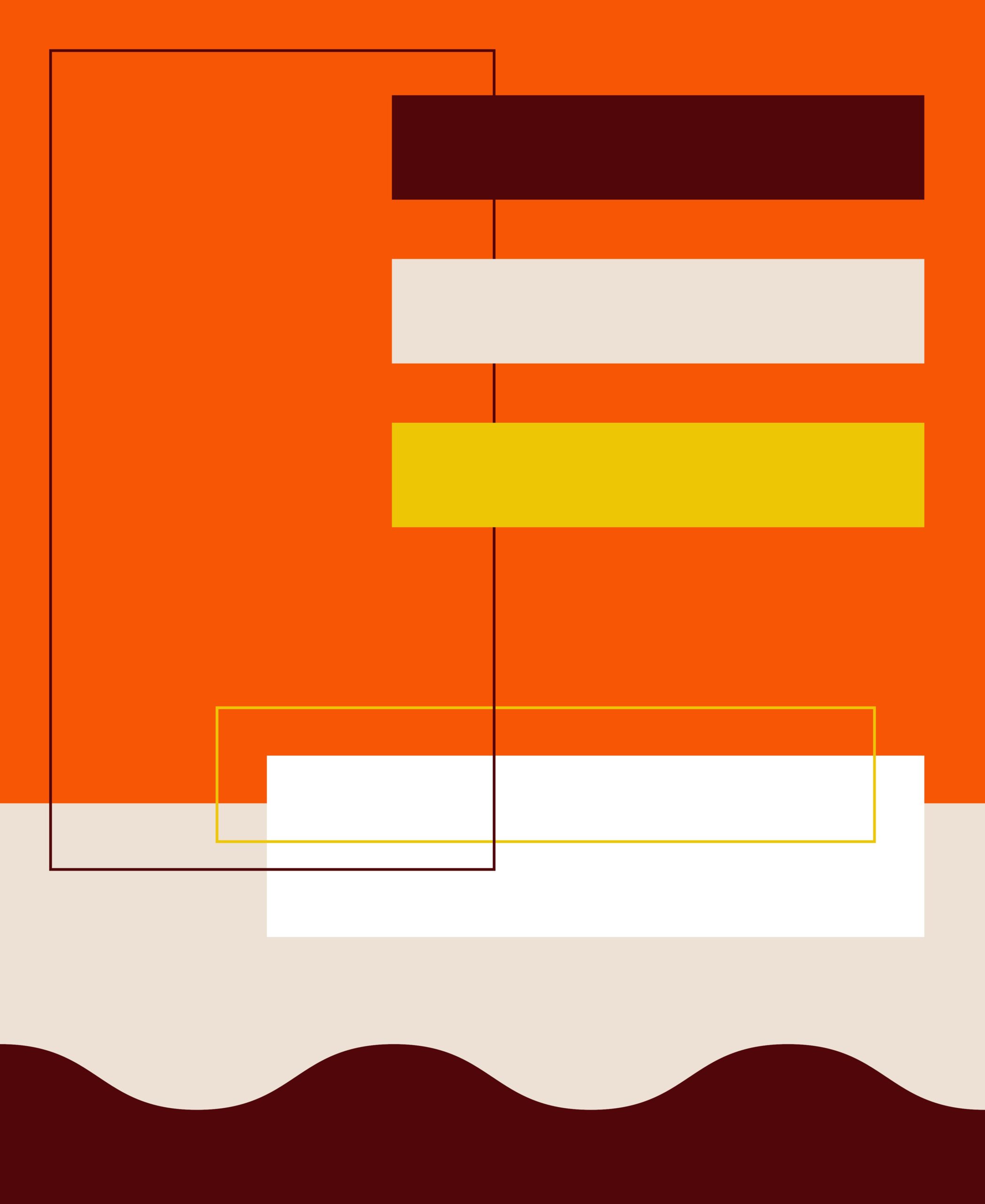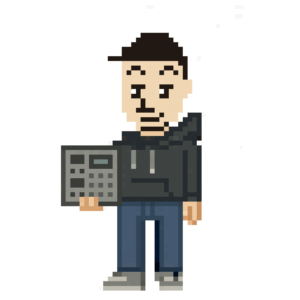A flanger is a type of audio effect commonly used in music production and mixing. This effect is achieved by mixing an original audio signal with a slightly delayed copy of itself. The result often sounds “jet-like” or “spacey,” and while similar to a chorus effect, flangers usually have a more dramatic sonic character.
Table of Contents
Basic Usage of a Flanger
- Select the Track to Apply: Flangers can be applied to various instruments and tracks like guitars, synths, vocals, and drums.
- Insert the Flanger: Depending on your Digital Audio Workstation (DAW), you usually drag and drop the flanger plugin into the section where effects are inserted.
- Adjust Parameters: Flangers come with several basic parameters:
- Rate: This controls the speed of the flanger effect.
- Depth: This adjusts the depth of the effect.
- Feedback: This controls the amount of signal that’s fed back through the feedback loop. Higher feedback settings will create a more intense effect.
- Mix: This adjusts the balance between the original and the affected signal.
- Listen While Adjusting: Always listen to the effect in the context of the full track as you’re adjusting it.
- Save and Render: Once you’re happy with your settings, save your project and render it if necessary.
Use Cases
- Guitar Tracks: Flangers can give guitars a wide range of soundscapes.
- Drums and Percussion: Applying it to hi-hats or snares can create a more layered rhythm.
- Synths and Keyboards: Applying a flanger to high-frequency synth pads can create a sense of expansiveness.
- Vocals: While generally used sparingly, it can be useful for specific parts where you want to create a sense of space or depth.
Note: Flangers are a powerful effect, and using them too aggressively can make your mix sound chaotic. It’s often best to start with a subtle effect and adjust as needed.


Leave a Reply